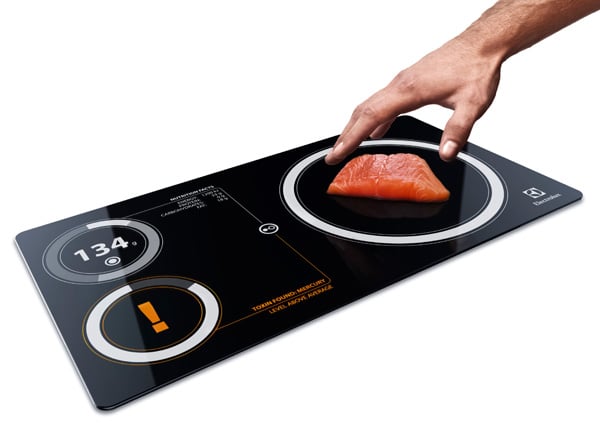Details
| Model | JXD S18 Tablet PC | | |
| CPU | Amlogic 8726 M3-L, Cortex-A9, 1GHz; GPU: Mali-400 | | |
| Operation System | Android 4.0.3 | | |
| RAM | 512MB(DDR3) | | |
| Nand Flash | 4GB | | |
| Shell Material | Plastic | | |
| Screen | Size | 4.3 Inch | |
| Type | Resistive Screen | | |
| Resolution | 480 x 272 | | |
| Visible Angle | 120° | | |
| | | | |
| Extend Card | Support TF card up to 32GB | | |
| Camera | No | | |
| Gravity Sensor | Yes | | |
| Flash | Support Flash 11.1 | | |
| Android Market | Yes | | |
| Youtube | Yes | | |
| | | | |
| Video | 1080P, AVI/MOV/MP4/RMVB/FLV/MKV… | | |
| Music | MP3/WMA/WAV/APE/AAC/FLAC/OGG | | |
| Ebook | TXT, PDF, HTML, RTF, FB2… | | |
| | | | |
| Email and Browser | Yes, built in | | |
| WIFI | 802.11 b/g/n | | |
| 3G | Not built in, support external 3G dongle: HUAWEI1750, E220, E161, E261; ZTE MF80, MF637U | | |
| | |||
| Earphone Interface | 3.5mm | | |
| | | ||
| Language | Czech, Danish, Dutch, English, Spanish, French, German, Greek, Italian, Japanese, Korean, Norwegian, Polish, Portuguese, Russian, Swedish, Turkish, Chinese | | |
| | |||
| | |||
| Other Applications | Office, Browser, Gallery, Clock, Calculator, Calendar, Taskiller, Gmail… | | |
| | |||
| Product Size | 111.5 x 73.5 x 12.9mm | | |
| Product Weight | 124g | | |
| | | | |
| Extend Port | 1 x TF card slot | | |
| 1 x USB port | | ||
| 1 x 3.5mm earphone port | | ||
| | | | |
| Package Including | 1 x USB cable | | |
| 1 x User Manual(English, Russian, German, Spanish) | | ||
Colin Rose (M Eng) | Design Engineer | Future Products Group
www.fpgworld.com
p: +64 6 843 3249 f: +64 6 843 2466
Asia: 0086 21 3351 3390 | Au: 1800 041 649 | NZ: 0800 367 374 |






































